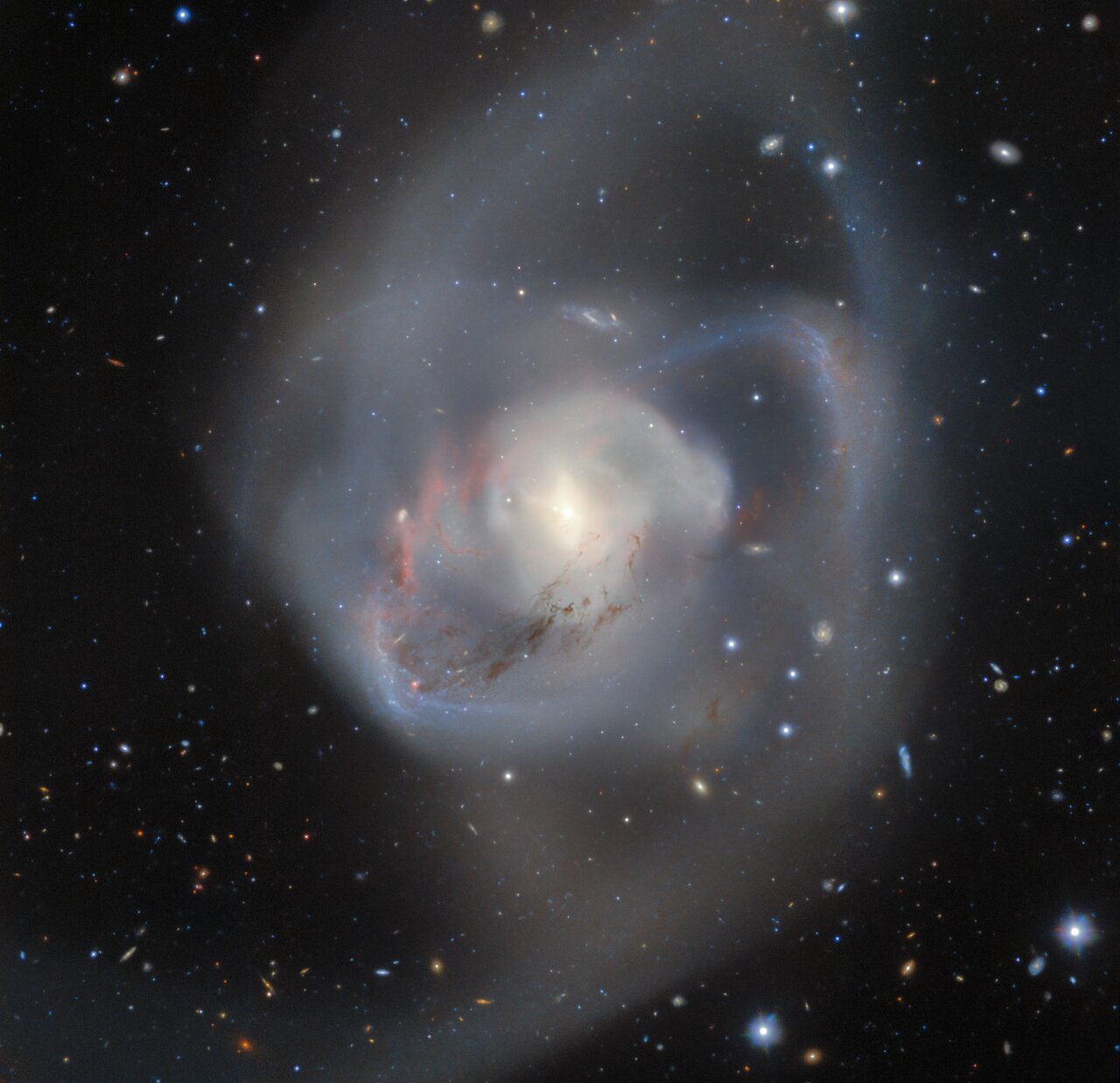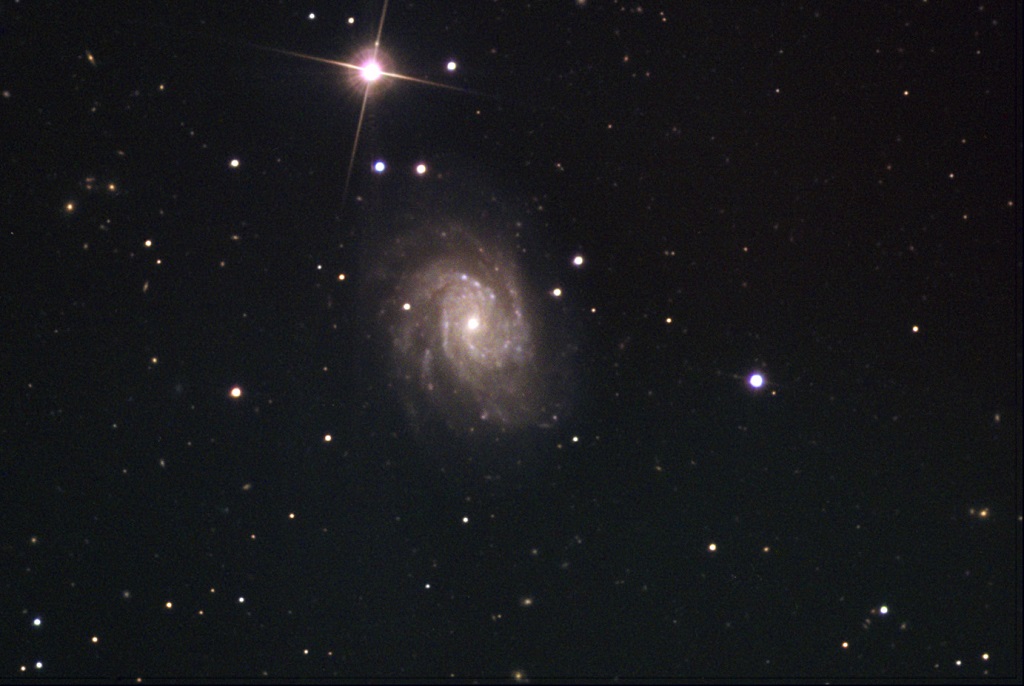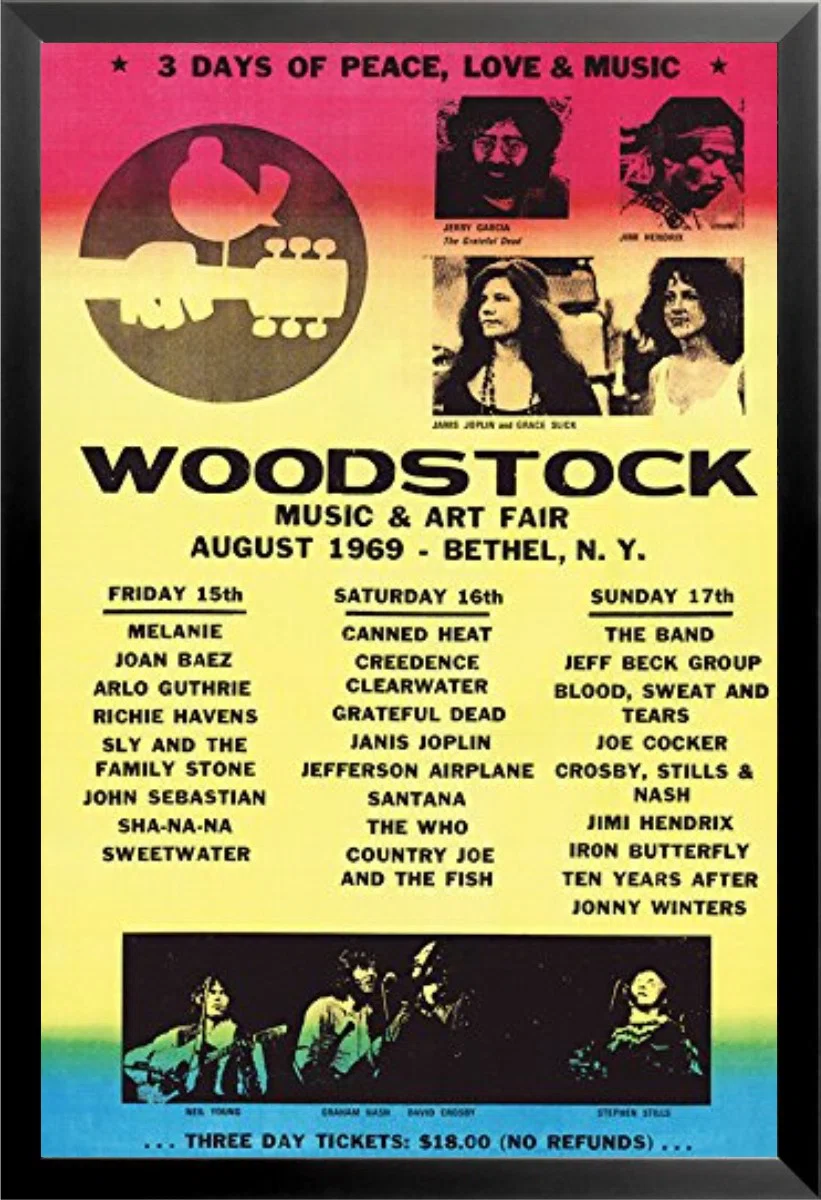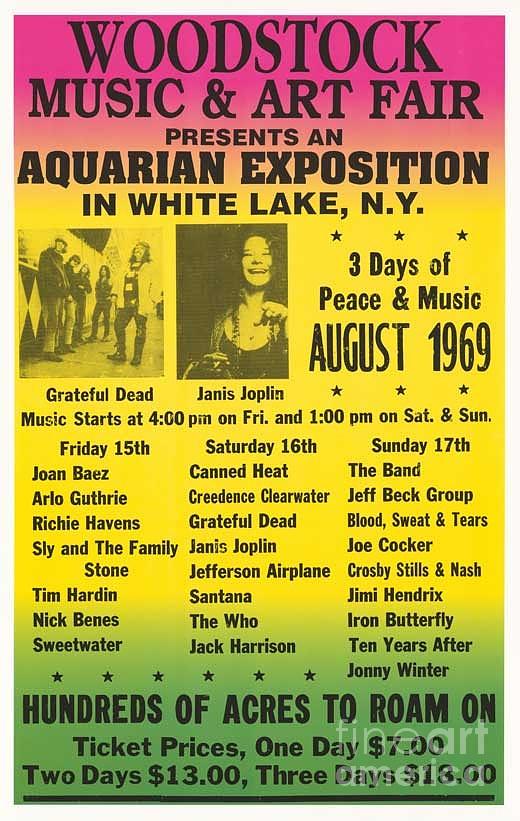Blog
Columbus Calvin “Duke” Pearson Jr. (August 17, 1932 – August 4, 1980) was an American jazz pianist and composer. Allmusic describes him as having a “big part in shaping the Blue Note label’s hard bop direction in the 1960s as a record producer.” Pearson was born Columbus Calvin Pearson Jr. in Atlanta, Georgia, to Columbus Calvin and Emily Pearson. The moniker “Duke” was given to him by his uncle, who was a great admirer of Duke Ellington. Pearson performed with different ensembles in Georgia and Florida, including with Tab Smith and Little Willie John, before he moved to New York City in January 1959. He had, however, been able to get at least one song, “Tribute to Brownie” (dedicated to Clifford Brown), recorded by the Cannonball Adderley Quintet on their 1957 album, Sophisticated Swing. In New York, Pearson gained the attention of the trumpeter Donald Byrd, who saw Pearson performing with the Art Farmer/Benny Golson Sextet (known as the Jazztet). Shortly afterwards, Byrd asked Pearson to join his newly formed band, the Donald Byrd–Pepper Adams Quintet. Pearson was also the accompanist for Nancy Wilson on tour in 1961. During that same year, Pearson became ill before a Byrd-Adams show, and a newcomer, Herbie Hancock, took over for him. Hancock eventually took over the position permanently.
He was diagnosed with multiple sclerosis in the 1970s, from which he died in 1980 at Atlanta Veterans Hospital.
more...Ike Abrams Quebec (August 17, 1918 – January 16, 1963) was an American jazz tenor saxophonist. He began his career in the big band era of the 1940s, then fell from prominence for a time until launching a comeback in the years before his death.
Critic Alex Henderson wrote, “Though he was never an innovator, Quebec had a big, breathy sound that was distinctive and easily recognizable, and he was quite consistent when it came to down-home blues, sexy ballads, and up-tempo aggression.”
Quebec was born in Newark, New Jersey, United States. An accomplished dancer and pianist, he switched to tenor sax as his primary instrument in his early twenties, and quickly earned a reputation as a promising player. His recording career started in 1940, with the Barons of Rhythm.
Later on, he recorded or performed with Frankie Newton, Hot Lips Page, Roy Eldridge, Trummy Young, Ella Fitzgerald, Benny Carter and Coleman Hawkins. Between 1944 and 1951, he worked intermittently with Cab Calloway. He began to record for the Blue Note label in this era, and served as a talent scout (helping pianists Thelonious Monk and Bud Powell come to wider attention). Due to his exceptional sight reading skills, Quebec was also an uncredited impromptu arranger for many Blue Note sessions. Quebec’s comeback was short-lived; it was ended by his death in January 1963, at the age of 44 from lung cancer. He is buried at Woodland Cemetery, Newark, New Jersey.
more...Friday August 16th 6pm Accompaniment for Erev Shabbat Service with Inbal Sharett-Singer, Jayson Rodovsky, Jeff Bailey, Peter Whitman and mick laBriola.
more...NGC 7727 is a peculiar galaxy in the constellation Aquarius. It harbors two galactic nuclei, each containing a supermassive black hole, separated 1,600 light years apart.
This object is located at a distance of 23.3 megaparsecs (76 million light years) from the Milky Way and has a peculiar aspect, with several plumes and streams of irregular shape that explains its inclusion on Halton C. Arp‘s Atlas of Peculiar Galaxies with the number 222, being classified as a “Galaxy with amorphous spiral arms”. Gemini South, one half of the International Gemini Observatory operated by NSF’s NOIRLab, captures the billion-year-old aftermath of a double spiral galaxy collision. At the heart of this chaotic interaction, entwined and caught in the midst of the chaos, is a pair of supermassive black holes — the closest such pair ever recorded from Earth.

more...
Eddie Kirkland (August 16, 1923 – February 27, 2011 Kingston, JA) was an American electric blues guitarist, harmonicist, singer, and songwriter.
Kirkland, known as the “Gypsy of the Blues” for his rigorous touring schedules, played and toured with John Lee Hooker from 1949 to 1962. After his period of working in tandem with Hooker he pursued a successful solo career, recording for RPM Records, Fortune Records, Volt Records, and King Records, sometimes under the stage name Eddie Kirk. Kirkland continued to tour, write and record albums until his death in February 2011. His last performance, the night before his death, was at Dunedin Brewery, Florida.
more...Malcolm Earl “Mal” Waldron (August 16, 1925 – December 2, 2002 NY,NY) was an American jazz pianist, composer, and arranger. He started playing professionally in New York in 1950, after graduating from college. In the following dozen years or so Waldron led his own bands and played for those led by Charles Mingus, Jackie McLean, John Coltrane, and Eric Dolphy, among others. During Waldron’s period as house pianist for Prestige Records in the late 1950s, he appeared on dozens of albums and composed for many of them, including writing his most famous song, “Soul Eyes“, for Coltrane. Waldron was often an accompanist for vocalists, and was Billie Holiday‘s regular accompanist from April 1957 until her death in July 1959.
A breakdown caused by a drug overdose in 1963 left Waldron unable to play or remember any music; he regained his skills gradually, while redeveloping his speed of thought. He left the U.S. permanently in the mid-1960s, settled in Europe, and continued touring internationally until his death.
In his 50-year career, Waldron recorded more than 100 albums under his own name and more than 70 for other band leaders. He also wrote for modern ballet, and composed the scores of several feature films. As a pianist, Waldron’s roots lay chiefly in the hard bop and post-bop genres of the New York club scene of the 1950s, but with time he gravitated more towards free jazz. He is known for his dissonant chord voicings and distinctive later playing style, which featured repetition of notes and motifs.
more...Carl Perkins (August 16, 1928 – March 17, 1958) was an American jazz pianist.
Perkins was born in Indianapolis but worked mainly in Los Angeles. He is best remembered for his performances with the Curtis Counce Quintet, which also featured Harold Land, Jack Sheldon and drummer Frank Butler. He also performed with Tiny Bradshaw, Big Jay McNeely in 1948–49, and played dates with Miles Davis in 1950. Following a short stint in the Army (January 1951 to November 1952), he worked intermittently with the Oscar Moore Trio (1953-1955) and the Clifford Brown–Max Roachgroup in 1954. He recorded with Frank Morgan in 1955, and with his own group in 1956. Perkins composed the standard “Grooveyard”.
His playing was influenced by his polio-affected left arm, which he held parallel to the keyboard. He used his elbow to play deep bass notes. He was thus known as “the crab”.
He died of a drug overdose at age 29, in Los Angeles, California. He recorded one album, Introducing Carl Perkins, and a short series of singles under his own name. Authors Paul Tanner, Maurice Gerow, and David Megill cite Perkins as one of the best “funky”, or hard bop, piano players, but his early death prevented him from leaving a legacy.
more...
William John Evans (August 16, 1929 – September 15, 1980) was an American jazz pianist and composer who worked primarily as the leader of his trio. His use of impressionist harmony, block chords, innovative chord voicings, and trademark rhythmically independent, “singing” melodic lines continue to influence jazz pianists today.
Born in Plainfield, New Jersey, United States, he studied classical music at Southeastern Louisiana University and the Mannes School of Music, in New York City, where he majored in composition and received an artist diploma. In 1955, he moved to New York City, where he worked with bandleader and theorist George Russell. In 1958, Evans joined Miles Davis‘s sextet, which in 1959, then immersed in modal jazz, recorded Kind of Blue, the best-selling jazz album of all time.
In late 1959, Evans left the Miles Davis band and began his career as a leader, forming a trio with bassist Scott LaFaro and drummer Paul Motian, a group now regarded as a seminal modern jazz trio. In 1961, they recorded two albums during an engagement at New York’s Village Vanguard jazz club, Sunday at the Village Vanguard and Waltz for Debby; a complete set of their Vanguard recordings on three CDs was issued decades later. However, ten days after this booking ended, LaFaro died in a car accident. After months without public performances, Evans reemerged with a new trio, now featuring Chuck Israels on bass. In 1963, Evans recorded Conversations with Myself, a solo album produced with overdubbing technology. In 1966, he met bassist Eddie Gómez, with whom he worked for the next 11 years. During the mid-1970s, Evans collaborated with the singer Tony Bennett on two critically acclaimed albums: The Tony Bennett/Bill Evans Album (1975) and Together Again (1977).
Many of Evans’s compositions, such as “Waltz for Debby” and “Time Remembered“, have become standards, played and recorded by many artists. Evans received 31 Grammy nominations and seven awards, and was inducted into the DownBeat Jazz Hall of Fame.
more...NGC 514 is an intermediate spiral galaxy, located about 95.9 million light-years away from Earth in the constellation of Pisces (the Fishes), while it is receding from us at approximately 2,472 kilometers per second. It was discovered on October 16, 1784 by the German-British astronomer William Herschel.
This almost face-on galaxy has loosely wound spiral arms and a very bright center. It has a so called H II nucleus, meaning that NGC 514 has intense current bursts of star formation in its center.

George Morrow (August 15, 1925 – May 26, 1992) was a jazz bassist. Although most closely associated with Max Roach and Clifford Brown, Morrow also appears on recordings by Sonny Rollins and Sonny Stitt.
Morrow was born in Pasadena, California. After leaving the military, he played with Charlie Parker, Sonny Criss, Teddy Edwards, Hampton Hawes and other musicians who were in L.A. He then spent five years in San Francisco (1948–53), often appearing at the Bop City jazz club and working with Dexter Gordon, Wardell Gray, Billie Holiday and Sonny Clark.
more...Nesbert “Stix” Hooper (born August 15, 1938) is an American drummer and founding member of The Crusaders.
Hooper developed an interest in music, drums, and percussion at an early age. Starting in middle school with band director George Magruder, he began devoting much of his time to the study of music. While he was a student at Wheatley High School (Houston), he formed the band the Swingsters, then the Modern Jazz Sextet. At Texas Southern University, he received coaching from members of the Houston Symphony Orchestra and other local professional musicians. After moving to the west coast, he studied music at California State University, Los Angeles and with private instructors and mentors. During the 1950s the Jazz Crusaders were formed.
He has worked with Arthur Fiedler, George Shearing, B.B. King, Grant Green, Grover Washington Jr., Quincy Jones, Marvin Gaye, Nancy Wilson, the Royal Philharmonic Orchestra of London, and the Rolling Stones. He was National Vice Chairman of the National Academy of Recording Arts and Sciences and president of its Los Angeles chapter.
more...Joseph Armand Castro (August 15, 1927 – December 13, 2009) was an American bebop jazz pianist, based primarily on the West Coast of the United States.
Castro was born in Miami, Arizona on August 15, 1927. Castro began playing professionally at the age of 15 in the San Francisco Bay area. After army service ended in 1947, he formed a small band. In 1956 Castro moved to New York City, where his trio appeared in jazz clubs. In 1958, he moved to Los Angeles, where he joined Teddy Edwards‘ quartet. Castro recorded two albums as a leader for Atlantic Records: Mood Jazz in 1957 and Groove Funk Soul in 1960.
more...Oscar Emmanuel Peterson CC CQ OOnt (August 15, 1925 – December 23, 2007 Montreal) was a Canadian jazzpianist and composer. Considered a virtuoso and one of the greatest jazz pianists of all time, Peterson released more than 200 recordings, won eight Grammy Awards, as well as a lifetime achievement award from the Recording Academy, and received numerous other awards and honours. He played thousands of concerts worldwide in a career lasting more than 60 years. He was called the “Maharaja of the keyboard” by Duke Ellington, simply “O.P.” by his friends, and informally in the jazz community, “the King of inside swing”.
Peterson worked in duos with Sam Jones, Niels-Henning Ørsted Pedersen, Joe Pass, Irving Ashby, Count Basie, and Herbie Hancock. He considered the trio with Ray Brown and Herb Ellis “the most stimulating” and productive setting for public performances and studio recordings. In the early 1950s, he began performing with Brown and drummer Charlie Smith as the Oscar Peterson Trio. Shortly afterward Smith was replaced by guitarist Irving Ashby, who had been a member of the Nat King Cole Trio. Ashby, who was a swing guitarist, was soon replaced by Kessel. Their last recording, On the Town with the Oscar Peterson Trio, recorded live at the Town Tavern in Toronto, captured a remarkable degree of emotional as well as musical understanding among three players.
Peterson won eight Grammy Awards during his lifetime between 1975 and 1997. He is considered among the best jazz pianists and jazz improvisers of the twentieth century.
more...More Posts
- World Drumming Maede Shafiie
- Daily Roots Hollie Cook
- Victor Hugo Wisdom
- Temple Israel Erev Shabbat Service
- Cosmos NGC 7098
- Eddie Gómez
- Steve Swallow
- Leon Thomas
- Flamenco Fridays Gypsy Kings
- Daily Roots Augustus Pablo
- Happy Rosh Hashanah 2024
- Cosmos G82.2+5.3
- Ronnie Laws
- Chubby Checker
- Steve Ray Vaughan
- Steve Reich
- Von Freeman
- World Music Angélique Kidjo & Davido
- Daily Roots Johnny Clarke
- Happy Birthday Mahatma Gandhi


